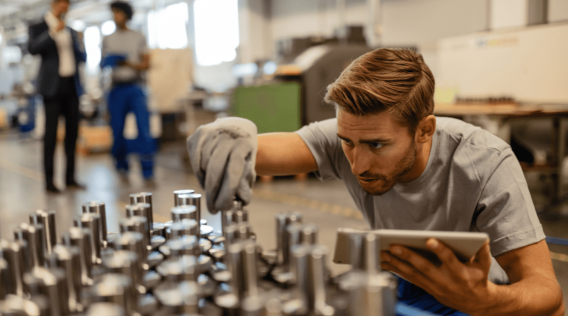In the manufacturing industry, the process of die casting plays a crucial role in producing intricate and high-quality metal components. One popular material used in die casting is aluminum, which offers numerous advantages such as lightweight, high conductivity, and excellent corrosion resistance. To ensure the production of precise aluminum parts, the creation of an efficient and accurate die casting mold is of utmost importance.
The first step in creating an English aluminum die casting mold is to design the mold itself. This involves determining the dimensions, shape, and complexity of the desired aluminum component. The design process typically starts with a computer-aided design (CAD) software, which allows engineers to create a detailed 3D model of the mold. The model can then be modified and optimized to meet specific requirements and to improve the mold’s functionality.
Once the mold design is finalized, the next step is to choose the appropriate materials for its construction. Aluminum die casting molds are commonly made from high-quality steel alloys like H13 and P20. These materials are known for their excellent heat resistance, durability, and ability to withstand the high pressures involved in the die casting process. The selected material is then machined and shaped into the desired mold design using advanced computer numerical control (CNC) machines.
After the mold material is prepared, the mold cavities need to be created. The cavities are the negative spaces that form the shape of the aluminum component. This is achieved by using specialized cutting tools to remove excess material from the mold, leaving behind precise and intricate cavities. The number of cavities in a mold depends on the desired production volume and efficiency.
Once the cavities are created, the next step is to add the necessary features and details to the mold. These features include ejector pins, cooling channels, and vents. Ejector pins are used to push the solidified aluminum part out of the mold cavity after it cools down. Cooling channels, on the other hand, help regulate the temperature of the mold during the casting process, ensuring proper solidification of the aluminum. Vents are designed to allow any trapped air or gases to escape from the mold, preventing defects in the final product.
Once all the required features are added, the mold is polished and finished to ensure smooth and precise aluminum castings. This involves removing any rough edges, imperfections, or burrs that may affect the quality of the final product. The mold is then thoroughly inspected to ensure its accuracy and functionality.

With the finished mold in hand, the aluminum die casting process can begin. Molten aluminum is injected into the mold at high pressures, filling the cavities and taking the shape of the mold. After the aluminum cools and solidifies, the mold is opened, and the cast aluminum parts are removed. These parts are then inspected for any defects or imperfections and may undergo additional post-processing operations like machining, finishing, or coating to achieve the desired final product.
In conclusion, creating an English aluminum die casting mold is a complex and precise process that requires careful planning, design, and craftsmanship. From the initial CAD design to the final inspection of the finished mold, every step plays a crucial role in ensuring the production of high-quality aluminum castings. By following these steps and utilizing advanced manufacturing techniques, manufacturers can create efficient and accurate molds that contribute to the success of the die casting process.
-

- Magnesium alloy die-casting parts&components for e-bike
-

- Magnesium alloy foundry parts bicycle frame CNC machining & surface finishing
-

- OEM die casting service metal components of macbook middle
-

- Die cast magnesium parts laptop housing cover D
-

- Magnesium alloy die-casting Auto parts Side step Running board
-

- OEM Die casting manufacturer produce magnesium alloy wheel for kids push bike

 0086-750-5616188
0086-750-5616188 +86 13392089688
+86 13392089688 sales@zhongmei-tech.com
sales@zhongmei-tech.com







